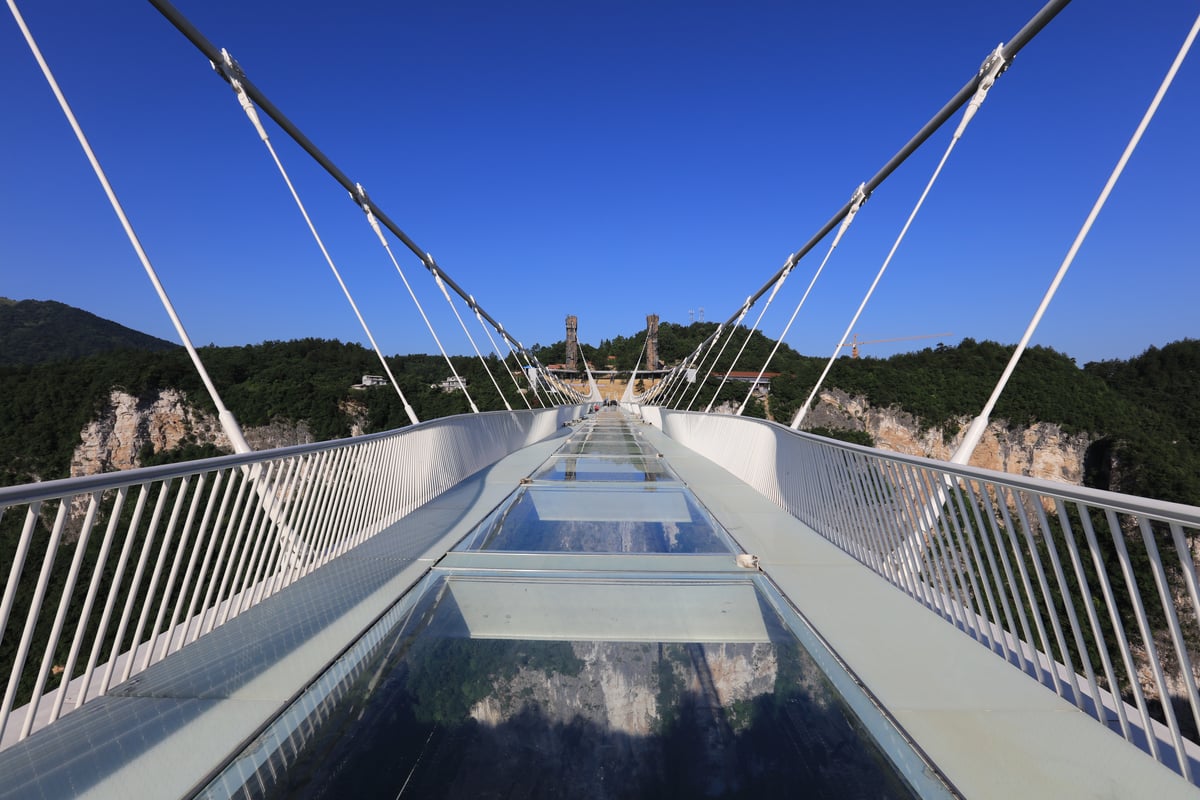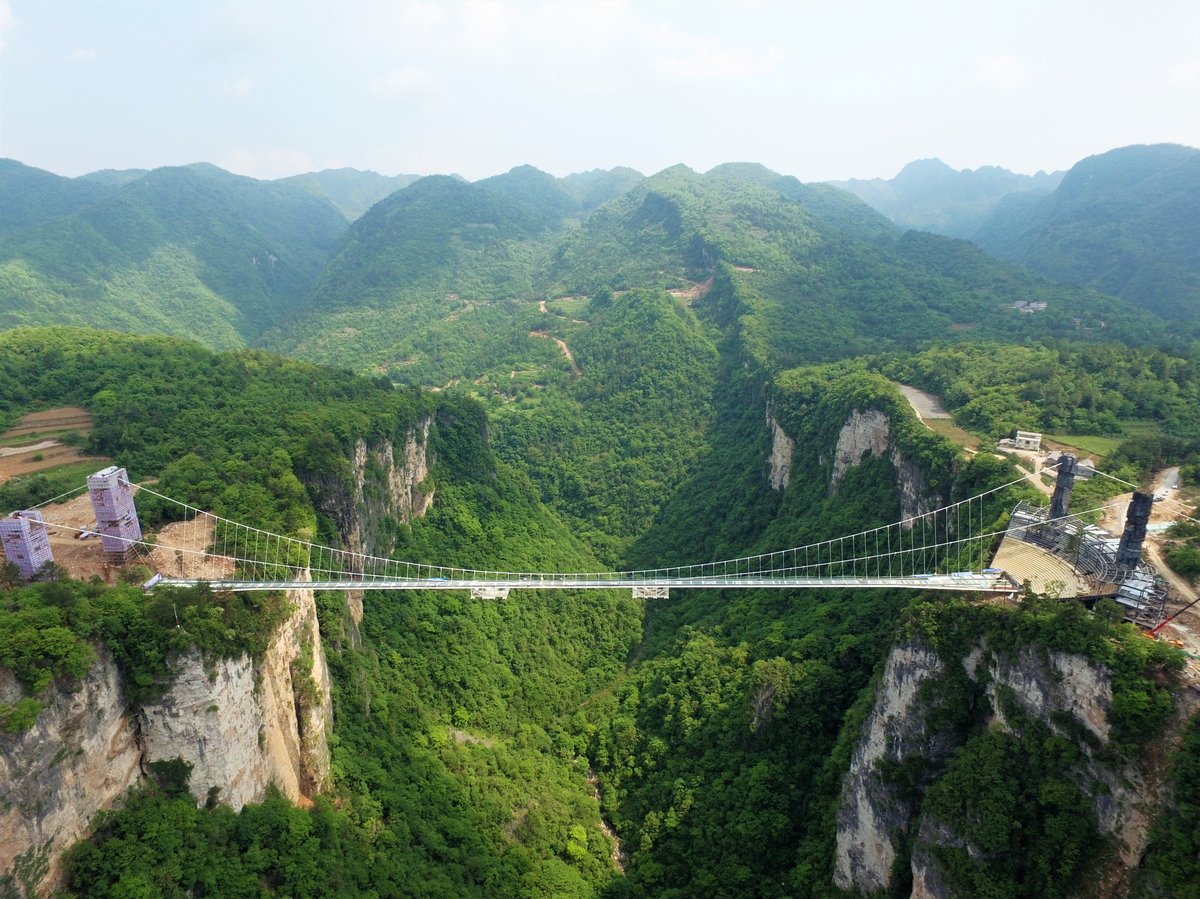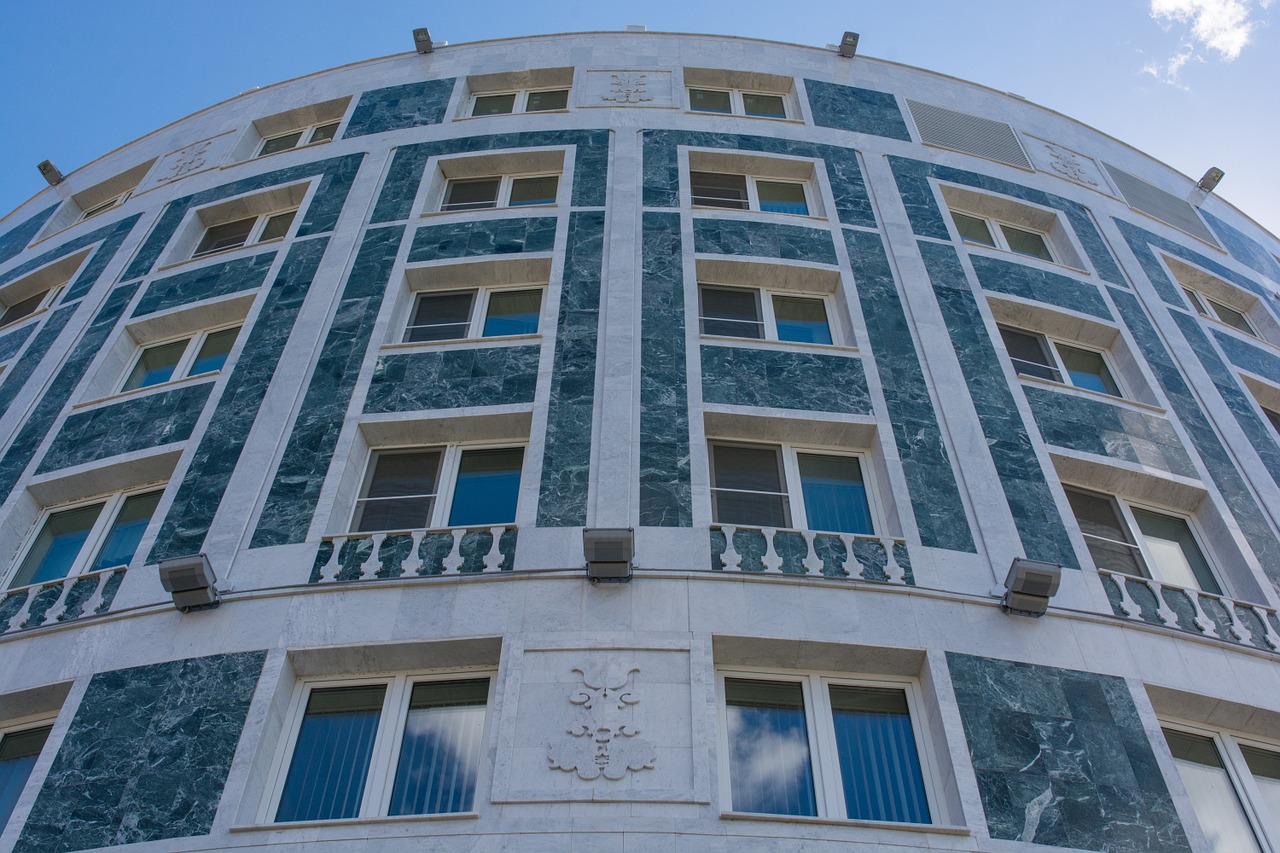Since early 2016, new absurd building forms have no longer been welcome in Chinese cities. However, this does not mean that China says no to breaking world records. Far from it.
 © Zhangjiajie Grand Canyon Tourism Management Co., Ltd.; architecture by Haim Dotan
© Zhangjiajie Grand Canyon Tourism Management Co., Ltd.; architecture by Haim Dotan
For years, China has been calling on some of the world’s greatest architects to fashion the Middle Kingdom into a veritable landmark pleasure park out of superlatives and eccentricities. However, in early 2016 the Chinese government finally appeared to have had enough of the rampant absurdity. A new directive called a halt to any more of these individual style structures and their stubborn refusal to adapt in any way to the cityscape. But those who think this signals the end to the “rampant" architecture in China with this decision are very much mistaken. As the most densely populated country in the world continues to build record-breaking bridges.
 © Zhangjiajie Grand Canyon Tourism Management Co., Ltd.; architecture by Haim Dotan
© Zhangjiajie Grand Canyon Tourism Management Co., Ltd.; architecture by Haim Dotan
Transparency beneath one’s feet
Not only is it one of the most widely visited but also, quite literally, one of the biggest attractions in China: the Zhangjiajie Grand Canyon Glass Bridge. Measuring 430 metres in length at a height of 300 metres above the valley it is at once the longest and the tallest glass bridge in the world. And here “glass” does not mean frosted glass; instead, panorama window-style transparency for the view into the abyss. Great fun for those with a head for heights and a unique opportunity for those with vertigo to deal with their own phobia once and for all.
 © Zhangjiajie Grand Canyon Tourism Management Co., Ltd.; architecture by Haim Dotan
© Zhangjiajie Grand Canyon Tourism Management Co., Ltd.; architecture by Haim Dotan
Problematic appeal
Of course, the pedestrian bridge designed by Israeli architect Haim Dotan is not just made of glass. A robust steel frame makes up most of the six-metre wide structure and strong glass plates, or sheets, are inset into the gaps. Two pylons on either side of the ravine support the suspension bridge. Admittedly, the permitted loads are not unrestricted. Authorized for 800 visitors at any one time and limited to 8,000 daily, the bridge had to be closed only 13 days after opening on 20 August 2016 because of a daily onslaught ten times that figure. Even appeal can become a problem.
 © Zhangjiajie Grand Canyon Tourism Management Co., Ltd.; architecture by Haim Dotan
© Zhangjiajie Grand Canyon Tourism Management Co., Ltd.; architecture by Haim Dotan
The highest of all
So much on the biggest glass bridge. Up until recently, the actually highest bridge of all was the Siduhe Bridge opened in 2009 in Badong, China which is 472 metres above the valley. When it comes to lofty flyovers too, China does it in style: eight of the ten highest road bridges in the world are located in China. That said, the Middle Kingdom is already upping the ante: at the end of 2016 the Beipanjiang Bridge at Duge has been opened for traffic on the Hangzhou-Ruili Expressway. The cable-stayed bridge is the new tallest of all and at a height of 565 metres it surpasses the current record holder by almost 100 metres.
The biggest is yet to come
And to get back again to the ban referred to at the start: the new directive states that the construction of “eccentric and oversized buildings” is to be halted. Clearly, vast bridges, as part of the infrastructure, particularly outside cities and not buildings in the strict sense, may be excluded. But to be honest: the new records are not simply accidental but are actually the offspring of the same drive which for years spawned the now prohibited follies. “Oversized” would appear to be a very broad notion in Chinese. Nevertheless, China is taking part in the competition to build the world's tallest building, with the approximately 1 km tall “Phoenix Towers” planned in Wuhan. But perhaps the towers will indeed be a sympathetic addition to the cityscape after all.
Zhangjiajie Grand Canyon Glass Bridge:
Architect: Haim Dotan
Opened: August 2016
Length: 430 m
Height above the valley: 300 m
Width: 6 m
Beipanjiang Bridge Duge:
Opened: December 2016
Length: 1,341 m
Clear span: 720 m
Rise: 269 m
Height: 565 m





